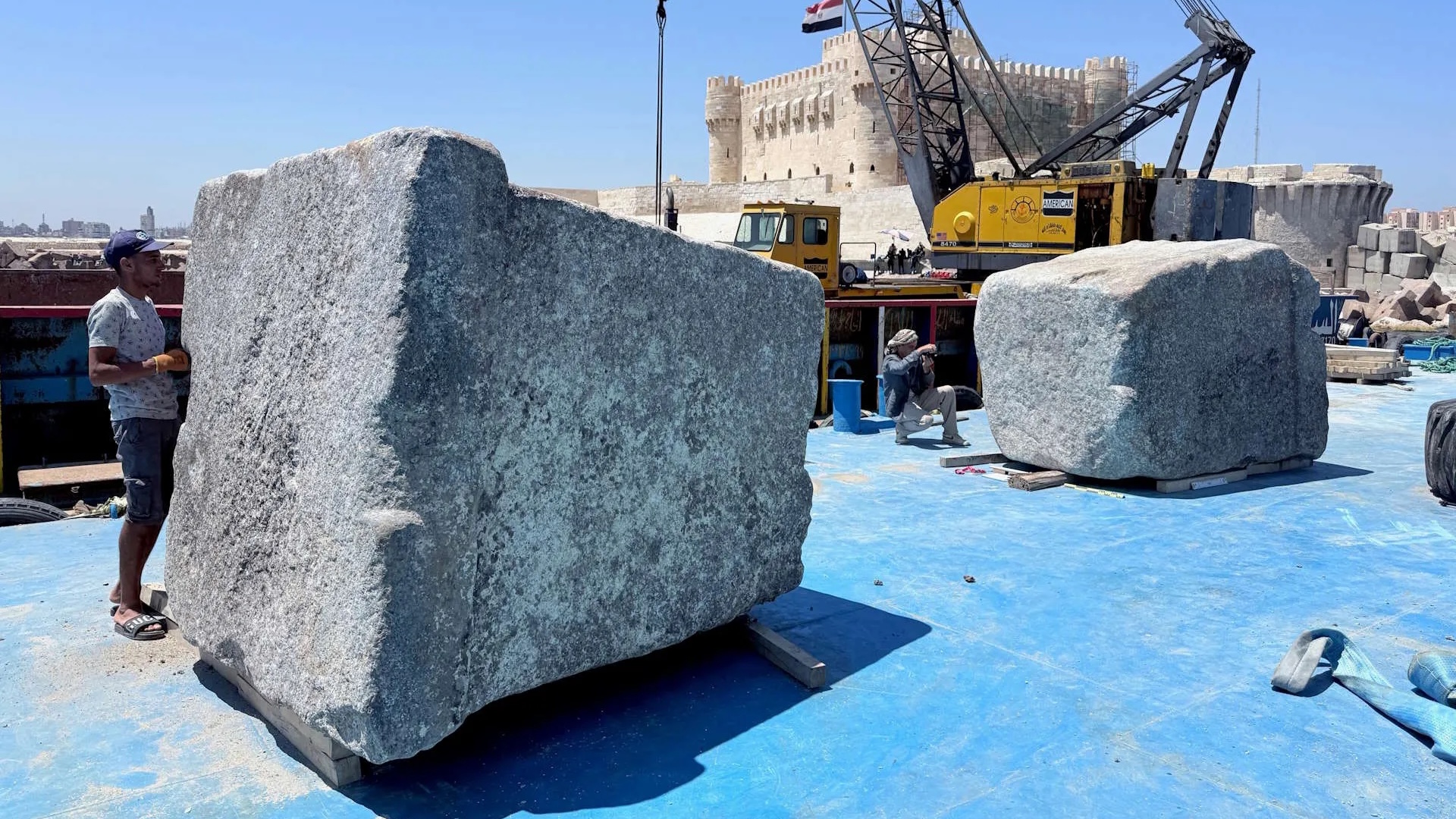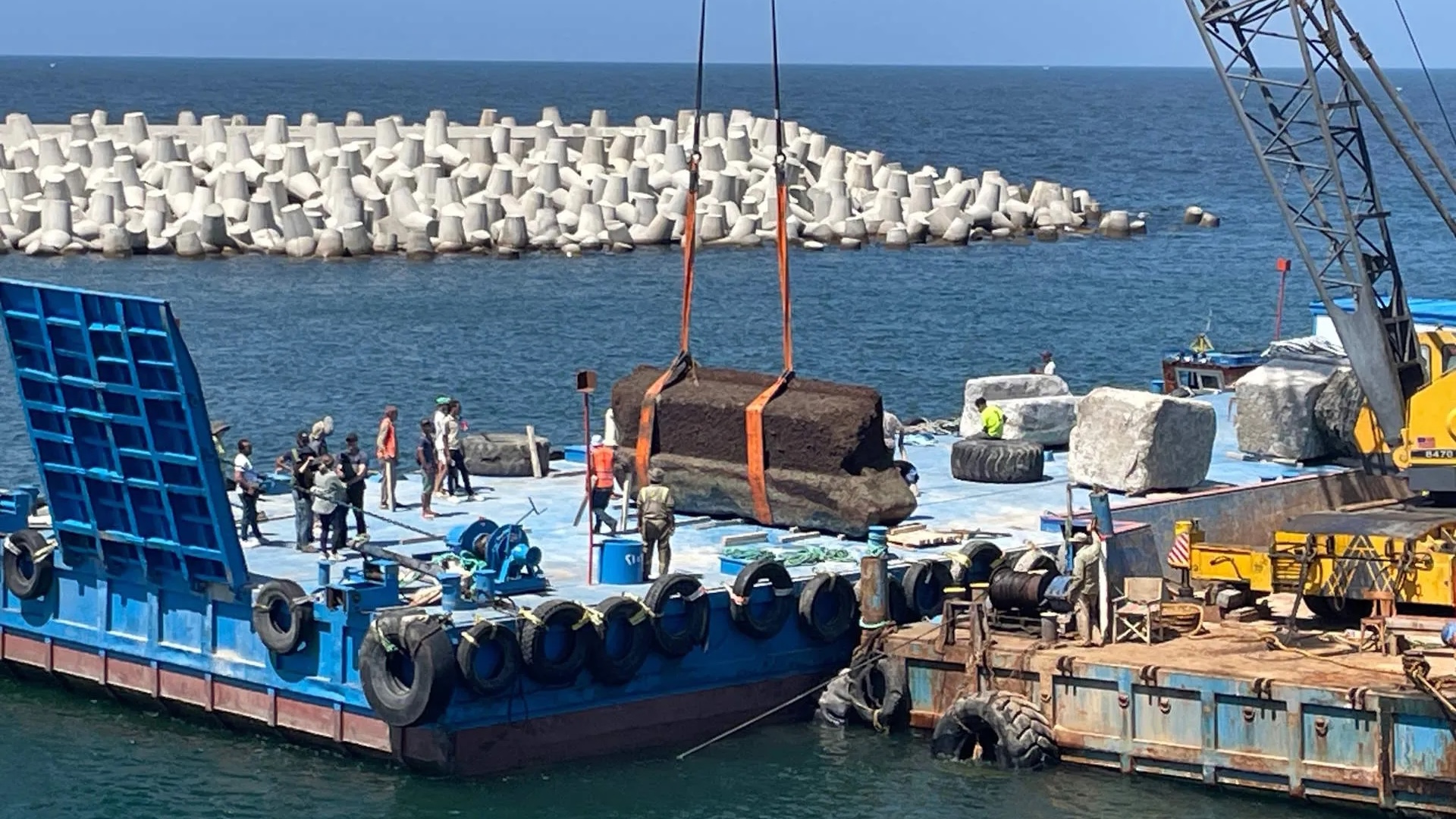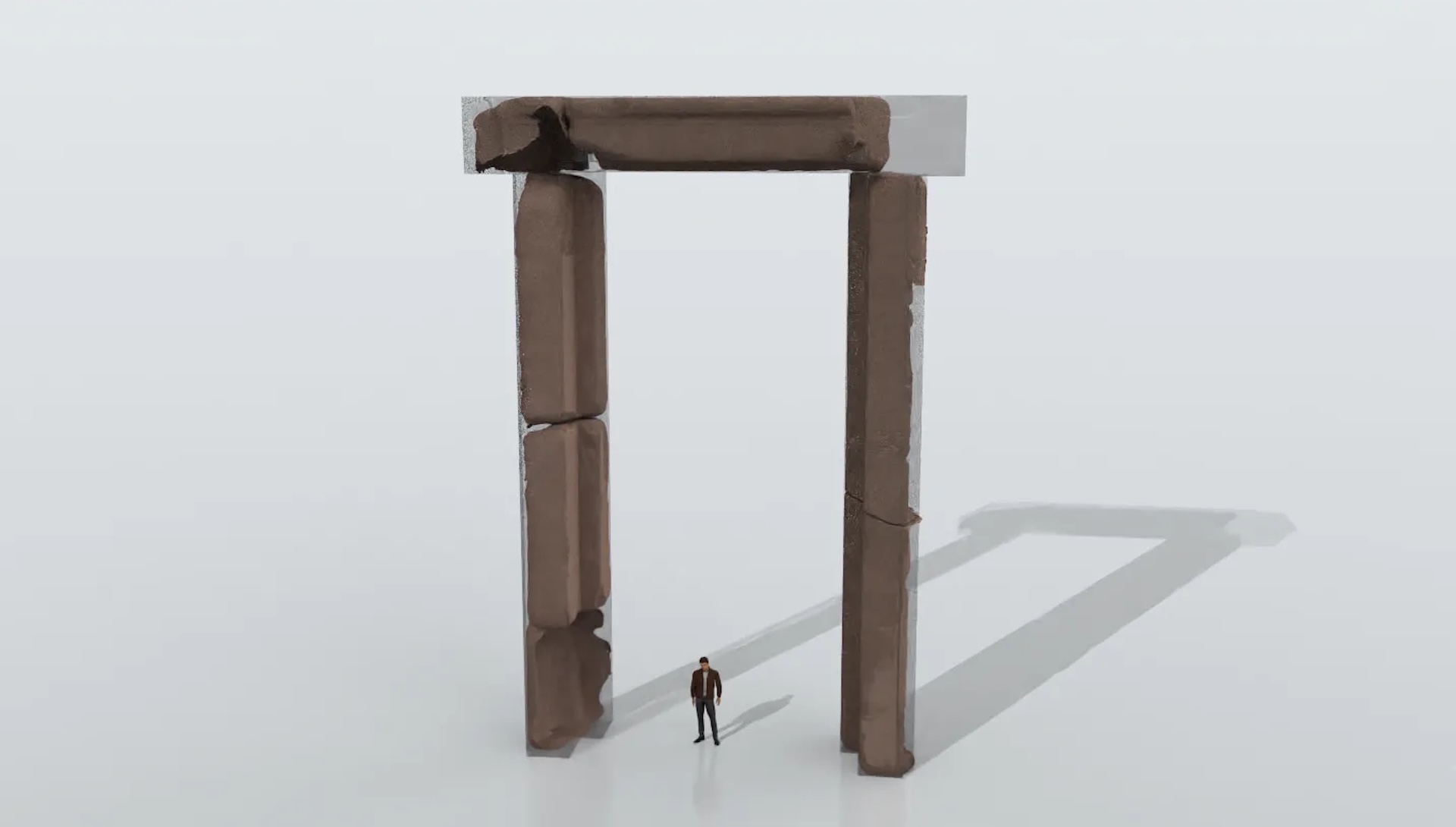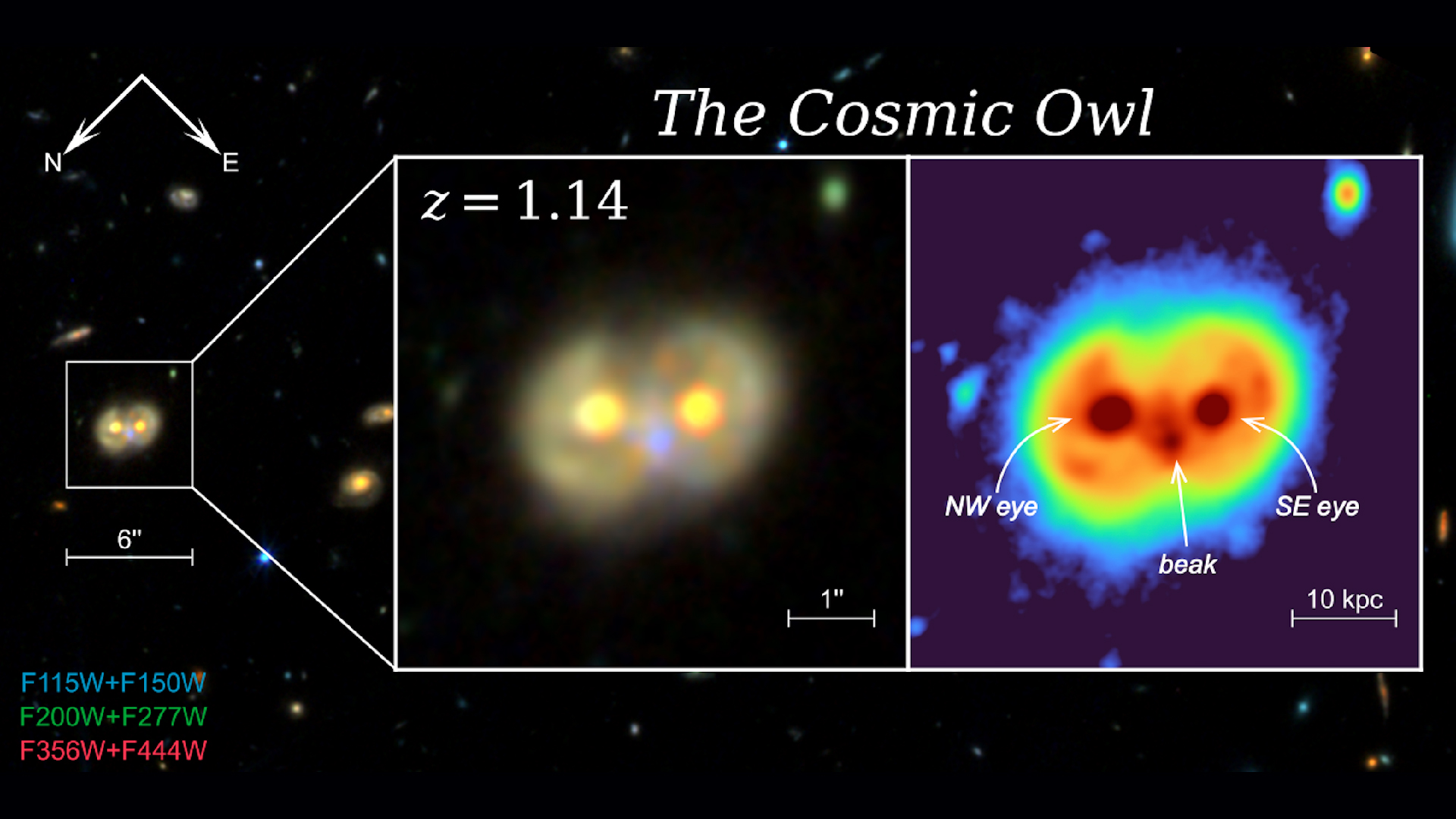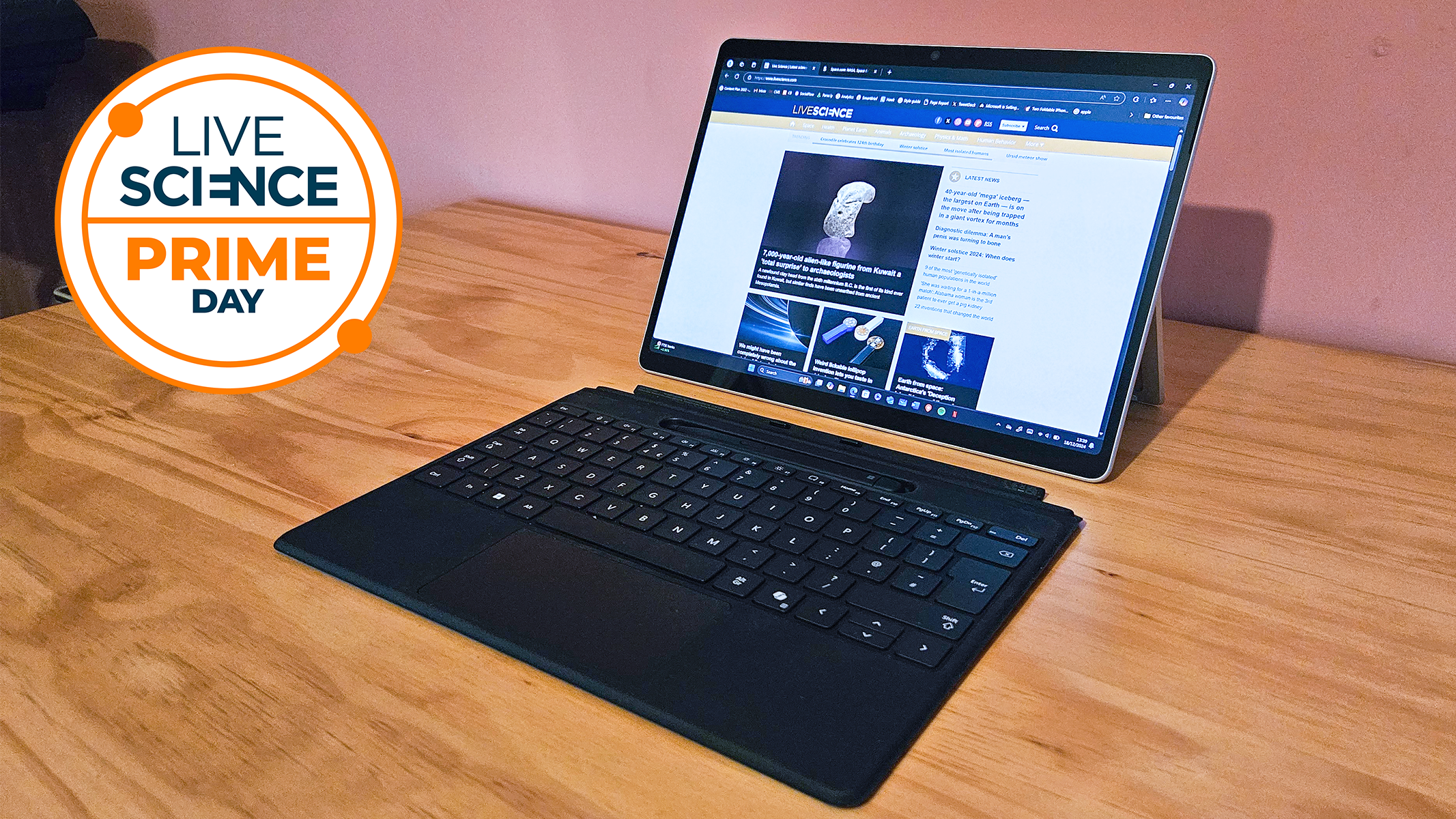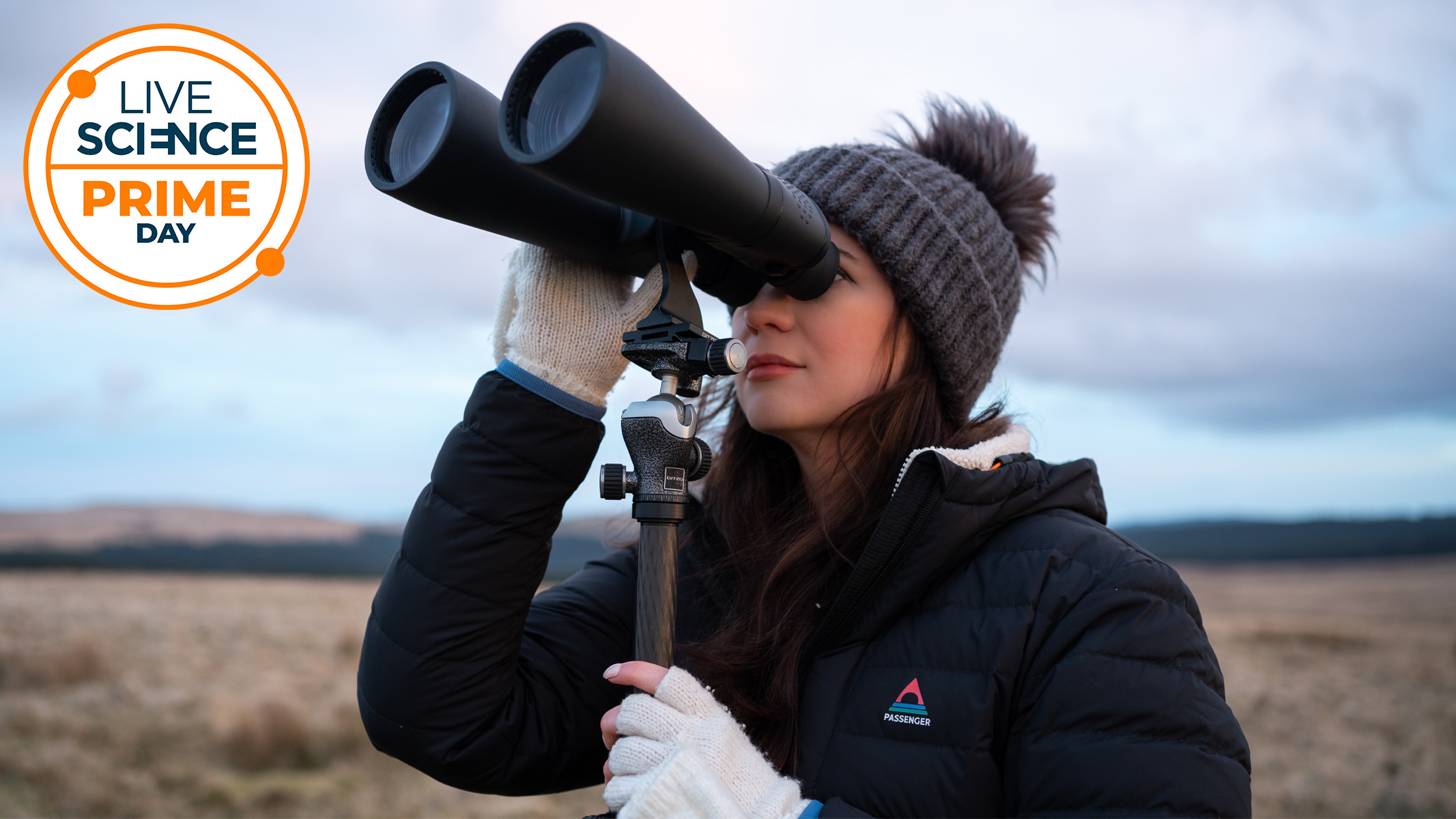Workers at the Egyptian port city of Alexandria have recovered 22 massive stone blocks that were used thousands of years ago to build the city’s famous lighthouse, one of the wonders of the ancient world.
The stone blocks were raised from the harbor floor at Alexandria, on the southeastern coast of the Mediterranean Sea, and will now be studied and digitally scanned. The results will be added to digital records of more than 100 stones discovered underwater over the past decade, according to a statement from the Dassault Systems Foundation, one of the project’s sponsors.
The research is led by French archaeologist and architect Isabelle Hairy and brings together the expertise of historians, archaeologists, architects and engineers to create a virtual 3D model of the ancient lighthouse, which had already been badly damaged by earthquakes when it collapsed in the 14th century.
The recently recovered stones include pieces of a huge doorway that weighed “70 to 80 tons,” according to the statement. The workers also recovered parts of a massive Egyptian-style “pylon,” or ceremonial gateway, that may have been a monument.
Ancient wonder
The Lighthouse of Alexandria — also known as the Pharos of Alexandria, after a small island at the mouth of the harbor where it stood — was built in about 280 B.C. on the orders of the Egyptian king Ptolemy II Philadelphus (who had been born in Macedonia) mainly to guide approaching ships safely to the harbor.
The city was founded by and named after the Macedonian king Alexander the Great, who seized Egypt from the Persian Empire in 332 B.C. Alexandria then became the Egyptian capital under the Hellenistic (Greek) Ptolemaic dynasty of pharaohs (the first, known as Ptolemy I Soter, had been one of Alexander’s most trusted generals) and one of the wealthiest cities in the ancient world.
Related: Was Alexander the Great eaten by sharks? Inside the wild theories for what happened to the iconic ruler’s body.
Alexandria’s lighthouse was a technological marvel for its time. According to the statement, it was more than 328 feet (100 meters) high, making it one of the tallest structures in the ancient world, with a multitiered design of a square base, an octagonal middle section and a cylindrical top.
Its light was produced by a large fire, probably fueled by wood or oil, and it formed a concentrated beam that could be seen up to 30 miles (50 kilometers) away, according to ancient writers. The beam of light seems to have been created by reflecting the lighthouse fire with large, polished metal surfaces, perhaps of bronze or copper — although they have not survived, and little is known about them.
The Lighthouse of Alexandria was one of the ancient “wonders of the world” — a designation bestowed by ancient Greek writers. It was “highly celebrated” by the time of Pliny the Elder (lived A.D. 23 to 79) during the Roman Empire, who wrote about the lighthouse hundreds of years after it had been built.
Digital twin
The ruins of the Lighthouse of Alexandria were discovered underwater in 1994 by French archaeologist Jean-Yves Empereur, and the latest work at the site is the third research project there by academics from France.
Instead of physically rebuilding the collapsed lighthouse, however, the researchers are making a virtual reconstruction, or “digital twin,” based on what they can learn from the ruins and historical records.
The newly recovered stone blocks will be digitally scanned, and the data will be given to volunteer engineers from the Dassault Systems Foundation, who will attempt to position them correctly in the reconstruction — “like pieces of a giant archaeological puzzle,” according to the statement.
In addition to testing theories about its construction and collapse, the virtual model will “revive the lighthouse’s original grandeur, allowing visitors to explore it as if they were on site,” the statement said.
Ancient Egypt quiz: Test your smarts about pyramids, hieroglyphs and King Tut





